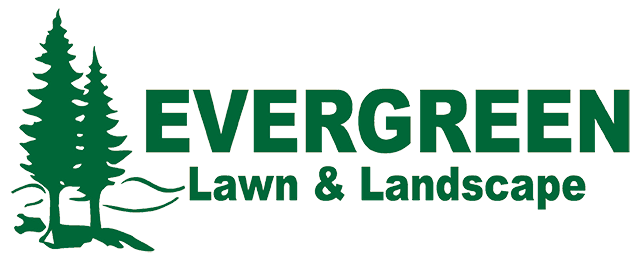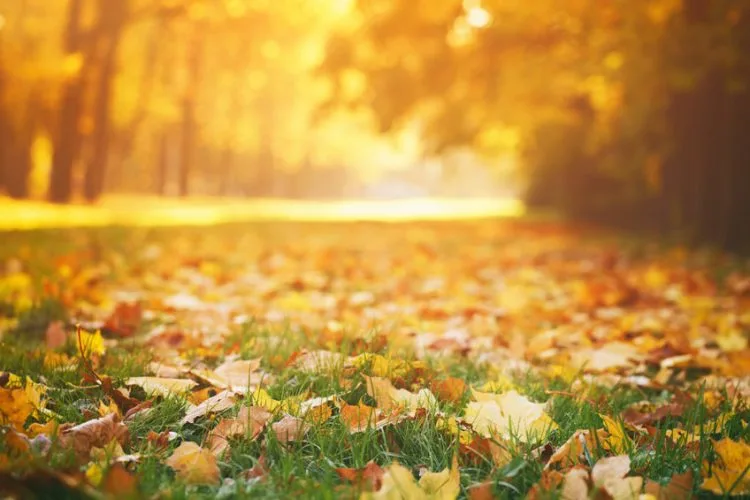Part of the charm and beauty of the fall season is the changing of the leaves on the trees. However, as lovely as they are, those fallen leaves can be a problem if left on your lawn too long.
Before winter’s precipitation and freezing temperatures set in, the leaves on the ground should be removed to keep your lawn healthy. Leaves that have been mown over make for a great natural mulch, but a hefty pile left untended will invite mold, algae, and insects.
Raking leaves and cleaning up your yard in preparation for the changing of the season doesn’t have to be a difficult chore. There are many ways to remove leaves that take less time and are more efficient.
Why Bother?
Leaves can keep sunlight from filtering down to the turf underneath. They also create a place for mold and other microbes to thrive, or for pests and weed seeds to hide out.
Your lawn might be less healthy and more patchy come next spring, if those leaves are left to rot in place. There are all sorts of reasons, when you do your homework, why it is important to remove unnecessary foliage in the fall, in order to keep your lawn and garden healthy.
Cleanup Options
There are many options to consider when it comes to getting the job done. Leaf cleanup may be a fun weekend project for you and your kids. Or perhaps there’s a teen in your neighborhood who’s looking to make some spending money by offering minor lawn care services.
However, if you want it done correctly and thoroughly, there is no better option than hiring a professional lawn care service.
Whether it’s a one-time job or you’re looking for top-notch lawn care all season long, Evergreen Lawn & Landscape is more than happy to assist. Meanwhile, our friends at Texas A&M have some fantastic ideas about what to do with those leftover leaves.
Our experienced technicians have all the know-how you would hope for in completing a thorough and well-thought out cleanup job. We will review your options with you, including whether you want the leaves gathered for mulching, and if there are vulnerable spots in your lawn to pay extra attention to (i.e. low spots where moisture and debris may accumulate).
RELATED TIP: Rain and Holiday Delays
Click Here for a Free Service Estimate!
Meanwhile, let’s take a look at some DIY considerations. After reviewing these chores, you’ll have a much better idea whether you’re up for the task or if you would prefer an expert like us.
Take Care!
Before beginning, make sure you have the correct safety equipment. A few tips:
- Wear goggles if using a blower or mower.
- Consider ear protection when using loud equipment.
- Wear work gloves to protect your hands.
- Take care with your back, use a rake that is long enough and take breaks to stretch. Be careful when bending and stand up straight with knees slightly bent.
- Wear a mask if allergens are a concern and always shower after yard work to remove dust and dirt.
Where to Begin
There are many options for tools when it comes to leaf removal. The classic is, of course, a rake and leaf bags. Make sure the rake you are using is sturdy and big to help speed up the task.
Rakes that also have a grabber tool can keep you from having to stoop and bend. They also make it far easier to transfer the leaves to a bag or tarp.
No matter what time of year it is, Evergreen Lawn & Landscape is here for you to assist with General Cleanups.
Rake claws that can be worn on hands also help big up large amounts of leaves at once. They are also fun for kids to use, and can protect you from fleas and ticks that might be hiding in the debris.
A leaf hauler tarp can make cleaning up easier. It has handles for hauling and stakes to keep it secure in place. With sturdy sides that stand up, it functions like a dust pan, and will fold down for convenient storage.
Helpful Gadgets
Mowing leaves is a good way to generate natural mulch. If your mower does not have a mulch setting, you set the blades on high and go over the leaves. The mulched leaves will help provide nutrients to your lawn over the winter.
RELATED TIP: Preparing Lawn for Fall
Leaf blowers are also good tools for leaf removal. Be sure to wear goggles to protect from flying debris. They even come in lightweight, cordless options.
If you aren’t sure how much care your lawn needs in the fall-to-winter season, we understand. This is why we’ve addressed the question, Should I Treat my Lawn for Weeds in the Fall?
A yard vacuum is a good option for flower beds and around trees and shrubs where raking is difficult. It will suck them up and shred them into small pieces collected in an attached bag.
This makes great fodder for natural mulch since it breaks everything down effectively.
Alternatively, a yard sweeper can collect leaves into a big hopper for easy removal.
Not Just the Yard!
Don’t neglect roofs and gutter when doing leaf removal. Leaves can collect around the eaves and perimeters of your home and cause flooding or mold issues.
Gutter guards or screens can help keep leaves and other debris from getting them clogged. Leaves can be blown from roofs with a blower. Be sure you check around vents and chimneys where they tend to collect.
If you’re looking for new ideas about how to spruce up your landscaping between growing seasons, please visit our Seasonal Planting service page for some fantastic advice and ideas.
Final Thoughts
Plan your work around the weather. If you wait until most or all of the leaves have fallen, you can cut back on the amount of times you have to rake. However, you don’t want to wait so long that the piles get soggy if the fall season is especially rainy.
With a little planning and work, you can help set your yard up for the next spring by caring for it now. Include the whole family and make it an enjoyable part of your fall activities.



Comments (0)
Thanks for your comment!
Thanks for your feedback! Your comments have been successfully submitted! Please note, all comments require admin approval prior to display.
Error submitting comment!
There is a problem with your comment, please see below and try again.